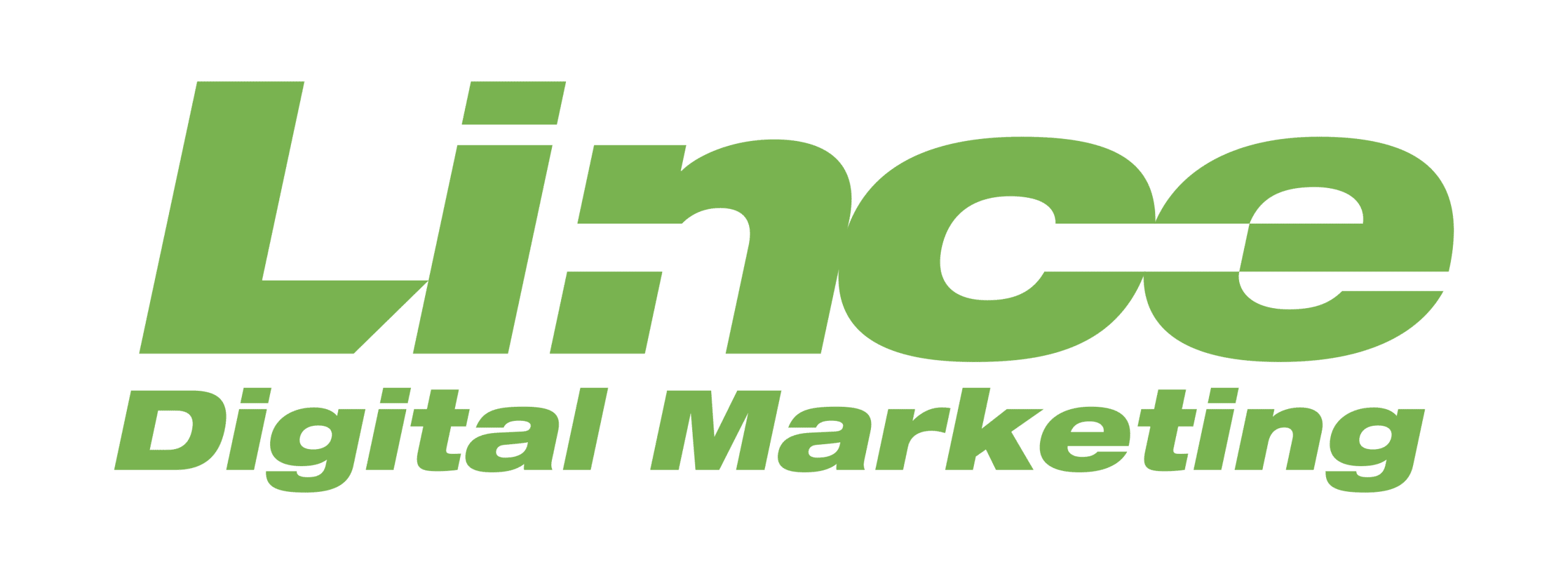How to measure the ROI (Return on Investment) of your social media campaigns
Social media has become an integral part of our lives, both personally and professionally. Businesses across the globe are leveraging its power to reach their target audience in ways never imagined before. But here’s the million-dollar question: Are these social media campaigns actually worth the investment? How can you measure their impact and determine if they’re delivering a return on your investment (ROI)? In this blog post, we’ll uncover the secrets to measuring ROI for your social media campaigns and provide valuable tips to help you improve their effectiveness. So, get ready to take your social media game up a notch as we dive into the world of calculating ROI!
What is ROI?
ROI, or Return on Investment, is a crucial metric that helps businesses determine the success and profitability of their marketing efforts. In simple terms, it measures the return you generate from your investment relative to its cost.
When it comes to social media campaigns, ROI takes on a unique significance. It enables you to evaluate whether your social media activities are generating tangible results and contributing to your overall business objectives.
Measuring ROI for social media campaigns involves tracking various key performance indicators (KPIs) such as engagement metrics (likes, comments, shares), website traffic, leads generated, conversions achieved, and ultimately revenue earned. By analyzing these metrics in relation to the resources and effort invested into social media marketing initiatives, you can gain valuable insights into their effectiveness.
Understanding your ROI not only allows you to assess which campaigns are yielding positive results but also helps identify areas for improvement. Armed with this knowledge, you can make data-driven decisions regarding resource allocation and optimize your strategies accordingly.
Calculating ROI for social media campaigns may seem daunting at first glance but fear not! With the right tools and methods in place – such as using analytics platforms like Google Analytics or dedicated social media management software – you can streamline the process and obtain accurate measurements.
So remember: measuring ROI is essential for evaluating the impact of your social media efforts on business outcomes. Stay tuned as we delve deeper into how exactly you can measure this elusive yet critical metric in our next blog section!
Why is measuring ROI important for social media campaigns?
Why is measuring ROI important for social media campaigns?
Measuring the return on investment (ROI) of your social media campaigns is crucial for several reasons. It allows you to determine the effectiveness and success of your efforts in reaching your marketing goals. Without measuring ROI, you are simply left with assumptions and guesses about whether or not your campaigns are generating positive results.
Additionally, measuring ROI helps you allocate resources wisely. By analyzing which social media channels and strategies generate the highest returns, you can make informed decisions regarding where to focus your time, energy, and budget. This ensures that you are maximizing the impact of your social media efforts while minimizing wasted resources on tactics that aren’t delivering a strong ROI.
Furthermore, by tracking ROI, you can easily identify areas for improvement and optimize future campaigns accordingly. For instance, if a particular campaign yielded a low ROI compared to others, this indicates an opportunity to analyze what went wrong and make necessary adjustments moving forward.
Measuring ROI plays a vital role in assessing campaign success, making informed resource allocation decisions,and continuously improving future efforts through data-driven insights. So don’t overlook the importance of tracking and calculating the return on investment for your social media campaigns!
How to measure ROI for social media campaigns?
How to Measure ROI for Social Media Campaigns?
Measuring the return on investment (ROI) of your social media campaigns is crucial for determining their effectiveness and optimizing future strategies. It allows you to assess the value generated by your efforts and justify the resources allocated to social media marketing. But how exactly can you measure ROI in this context? Here are a few key steps:
1. Establish Clear Objectives: Before diving into measuring ROI, define specific goals that align with your overall business objectives. These could include increasing website traffic, boosting sales leads, or improving brand awareness.
2. Track Relevant Metrics: Identify which metrics are most important for evaluating campaign success based on your goals. This may include engagement rates, click-through rates, conversion rates, or revenue generated.
3. Set up Conversion Tracking: Implement tracking tools like Google Analytics or Facebook Pixel to monitor user actions resulting from social media interactions. This will enable you to attribute conversions accurately.
4. Calculate Costs: Determine all costs associated with running your social media campaigns including advertising spend, content creation expenses, and team salaries dedicated to these efforts.
5. Measure Revenue Generated: Analyze data from tracked conversions to determine the revenue directly attributable to social media activities.
6. Calculate ROI: To calculate ROI, subtract total costs from total revenue generated and divide by total costs again – then multiply by 100%. This will give you a percentage indicating the return achieved compared to what was invested.
Remember that calculating ROI is an ongoing process requiring regular monitoring and adjustment as needed based on results obtained over time.
Tips for improving the ROI of your social media campaigns
Tips for Improving the ROI of Your Social Media Campaigns
1. Set Clear Objectives: Before diving into any social media campaign, it’s crucial to establish clear goals and objectives. Whether you want to increase brand awareness, drive traffic to your website, or generate leads, having specific targets will help you measure the success of your campaigns.
2. Know Your Target Audience: Understanding your target audience is essential for crafting effective social media campaigns. Research their demographics, interests, and pain points to tailor your content and messaging accordingly. By delivering relevant and valuable content, you can engage with your audience on a deeper level and maximize ROI.
3. Choose the Right Platforms: Not all social media platforms are created equal when it comes to achieving ROI. Identify which platforms align best with your target audience and focus your efforts there. For example, if you’re targeting professionals in a B2B industry, LinkedIn might be more effective than Instagram.
4. Create Compelling Content: In order to stand out in the crowded world of social media, you need compelling content that captures attention and drives engagement. Invest in creating high-quality visuals, videos, infographics or blog posts that resonate with your audience while conveying key messages about your brand.
5. Implement A/B Testing: Experimentation is key when trying to improve ROI on social media campaigns. Conduct A/B tests by varying elements such as headlines, images or calls-to-action (CTAs) within ads or posts to identify what resonates best with your audience.
6. Monitor Analytics Regularly: Regularly monitoring analytics is vital for understanding how well your campaigns are performing against set objectives.
Pay close attention not only to vanity metrics like likes or shares but also conversion rates,
click-through rates (CTR), reach, and engagement metrics.
By analyzing this data,you can make informed decisions to optimize future campaigns for better results.
7. Cultivate Relationships: Building meaningful relationships with your audience is crucial for long-term success. Engage with your followers on a personal level by sharing your story, interests, or passions. This will create a sense of connection and foster loyalty that can result in higher ROI.
Case studies
Case studies are a valuable tool for understanding the effectiveness of social media campaigns and measuring their ROI. By examining real-life examples, businesses can gain insights into what works and what doesn’t in the world of social media marketing.
One case study that stands out is the campaign run by Company A, a fashion brand targeting millennials. They invested heavily in influencer partnerships on Instagram, with the goal of increasing brand awareness and driving sales. Through careful tracking and analysis, they were able to attribute a significant increase in website traffic and conversions directly to their social media efforts. This led to an impressive ROI of 300%, proving that their investment in influencers was well worth it.
Another interesting case study comes from Company B, an e-commerce retailer specializing in home decor products. They decided to focus their social media efforts on Pinterest instead of platforms like Facebook or Twitter. By creating visually appealing content that resonated with their target audience, they saw a substantial boost in engagement and referral traffic from Pinterest. As a result, their ROI increased by 200%, demonstrating the power of using the right platform for your business.
These case studies highlight the importance of measuring ROI for social media campaigns. Without proper tracking and analysis, businesses risk wasting resources on ineffective strategies or missing out on opportunities for growth. By learning from successful examples like these, companies can make more informed decisions about where to invest their time and money when it comes to social media marketing.
In conclusion (as per instructions), studying real-life cases provides valuable lessons and insights that can inform our own social media strategies. Whether it’s partnering with influencers or choosing the right platform for your business, understanding how others have achieved positive results allows us to optimize our own campaigns while maximizing ROI.
Conclusion
Conclusion
In this digital age, social media has become an integral part of any marketing strategy. It allows businesses to connect with their audience on a more personal level and create brand awareness like never before. However, it is not enough to simply have a presence on social media; you need to measure the return on investment (ROI) of your campaigns to ensure they are effective.
Measuring ROI for your social media campaigns is crucial because it helps you determine whether your efforts are generating tangible results or if they need adjustments. By analyzing the data and metrics associated with your campaigns, you can identify which strategies are working and which ones need improvement.
To calculate the ROI of your social media campaigns, start by setting clear objectives and key performance indicators (KPIs). These could include metrics such as website traffic, lead generation, conversions, or even customer satisfaction rates. Use analytics tools provided by different social media platforms to track these metrics accurately.
It’s also essential to assign a monetary value to each goal so that you can calculate the financial impact of your campaign accurately. For example, if one conversion from a Facebook ad is worth $50 in revenue for your business, then multiply the number of conversions generated by 50.
Additionally, use tracking links and UTM codes in your posts or ads to monitor how much traffic and conversions are coming directly from each platform or campaign. This way, you can attribute specific outcomes solely to certain channels.
To improve the ROI of your social media campaigns:
1. Target specific audiences: Identify who your target audience is and tailor content specifically for them.
2. Optimize content: Create engaging visuals and compelling copy that resonate with your audience.
3. Test different tactics: Experiment with various ad formats or posting schedules until you find what works best.
4. Monitor competition: Keep an eye on what competitors are doing well in terms of engagement and adapt accordingly.
5. Engage with followers: Respond promptly to comments, messages, and reviews to build rapport and loyalty.
6. Analy and adjust: Use the data you collect to make necessary changes to your social media strategy.















